Calling all beer lovers! If you’re ready to venture beyond the legendary Oktoberfest in Munich and discover some of Europe’s most unique brews, we’ve got you covered. In celebration of International Beer Day, we’re looking at the European cities famed for their historic brewing traditions and unique brews. From Germany’s Bramberg to Norway’s Trondheim, here are 7 European cities and their best breweries.
1. Plzeň, Czech Republic
Plzeň (Pilsen) is the birthplace of Pilsner, the world’s first pale lager. While Pilsner is now produced all over the world, Plzeň is home to the brewery where it all began – the Pilsner Urquell Brewery. The brewery first birthed the iconic golden lager back in 1842. They still produce Pilsner Urquell (Original Pilsner) using many of the original methods like the copper brew kettles. You can tour the labyrinth of underground cellars at the brewery while indulging in this historic beer, famed for its perfect foam.
Beer connoisseurs will know that a head of creamy foam protects your beer from oxygen and keeps it fresh for longer, and the Pilsner Urquell Brewery take its foam-to-beer ratio very seriously, with an essential three fingers of foam. The brewery also says the natural oils in their Saaz hops and the proteins in Moravian barley help create the ideal creamy, thick and sweet foam that complements the bitterness of the beer.
While the pilgrimage to Plzeň is well worth it, beer lovers will also be satisfied in Prague, the capital of the Czech Republic. With the highest beer consumption per capita in the world, and breweries galore, Prague just might be Europe’s beer mecca.
EXPERIENCE IT: Prague Vienna and Budapest
2. Bramberg, Germany
The Franconian town of Bramberg in Germany is not only extraordinarily beautiful, it’s also a beer oasis. Bramberg first issued a license to brew beer 900 years ago and it was the ideal setting, as beer could be stored in the surrounding sandstone hills and chilled in the icy lakes. The region was also known for its barley and hops, so it truly was the perfect place to brew. In the early 1800s, the town had 65 breweries and a population of just 20,000. Today, there are 70,000 people and nine breweries, along with all the taverns and beer gardens, so you’re sure to find a brew you like.
We recommend starting with the local speciality – the Rauchier. It’s a smoky lager, with its distinctive flavor achieved using ancient brewing methods. The malts are kilned over smoked beechwood, and the result is a cosy, smooth brew evoking notes of smoked meats, sawdust, and campfires. The best place to try it is the famous Schlenkerla Tavern. Nicknamed the ‘limping man tavern’, Schlenkerla is renowned for its smoked Aecht Schlenkerla Rauchbier, and its reputation for getting beer tourists happily ‘schlenkerlared’.
3. Wrocław, Poland
Poland is one of Europe’s most underrated destinations, with extraordinary scenery, rich history, mouthwatering cuisine… And an exceptional beer culture. You’ll find plenty of great breweries in the biggest cities of Warsaw and Krakow, but head to the lesser-known city of Wrocław and you’ll find one of Europe’s greatest beer destinations. There are many excellent microbreweries including Bierhalle, Spiż Brewery and Browar Złoty Pies in the central market square alone.
We also recommend Browar Stu Mostów, or ‘Brewery of the Hundred Bridges’. This artisanal brewery uses local customs and ancient techniques to make delicious craft brews, but they also produce creative, contemporary beers. You can go from sipping on the unique Nigredo Chocolate Mint Foreign Extra Stout to drinking the Grodziskie, a nearly-lost Polish beer made from oak-smoked wheat malt.
EXPERIENCE IT: Best of Poland
4. Trondheim, Norway
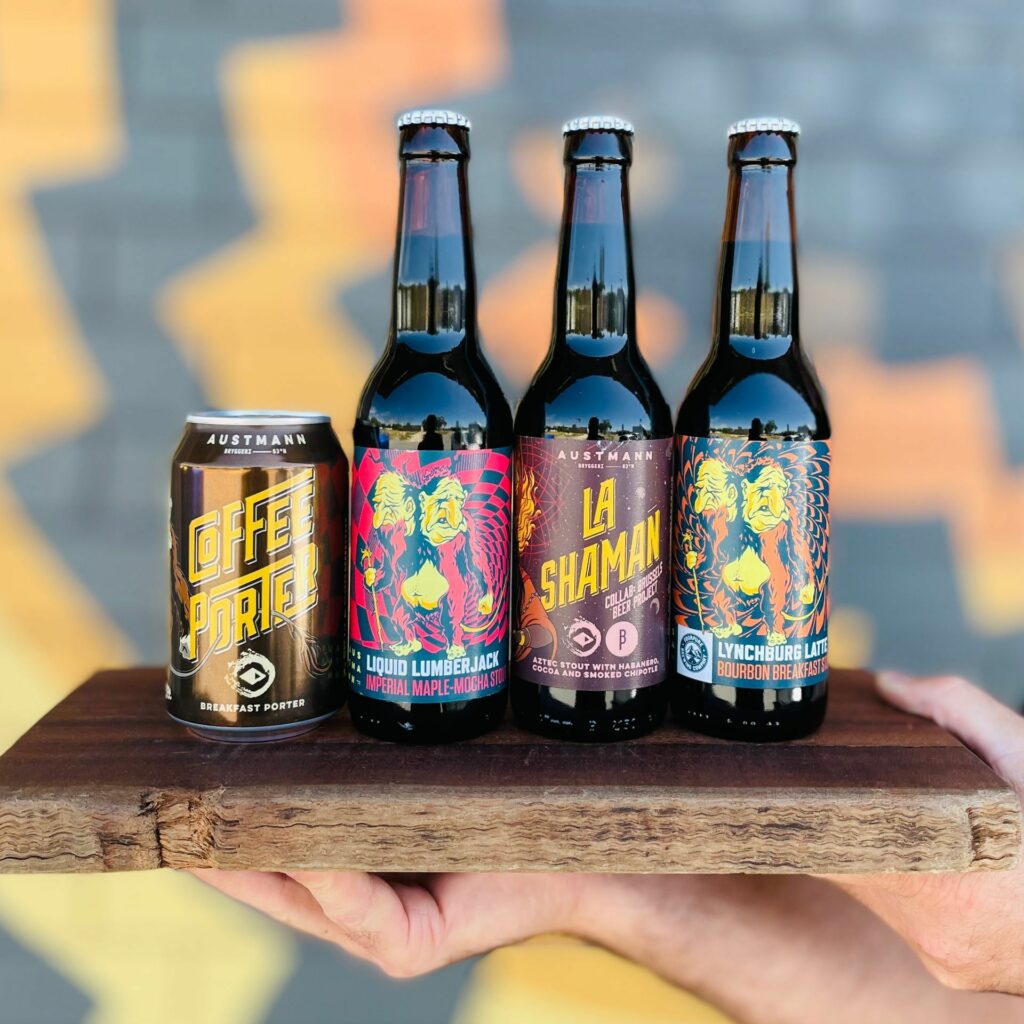
Venture far north into Norway and you’ll discover beautiful Trondheim, with its colorful cottages lining the stunning Trondheim Fjord. While the scenery and architecture are spectacular on their own, beer lovers will rejoice in the city’s incredible beer culture.
You can sample some of the best Nordic craft beers at the Austmann Bryggeri brewery. Here, the brewers use local ingredients like cloudberries, sea buckthorn and spruce tips for a truly unique beer experience. You can also head to the ØX Tap Room to try crisp blond ales made with the pristine waters of the Trondheim Fjord, produced in their 300-year-old vaulted cellar. If you visit Trondheim in July, be sure to check out the Trondheim Brewery Festival. The city’s microbreweries put on a fantastic display, with a range of sour, dark and crispy ales made with kveik, the region’s native yeast.
5. Dublin, Ireland

Whether you’re a beer lover or not, almost everyone knows about Guinness. It’s one of the world’s most iconic beers, sold in over 150 countries, but you can try it at its birthplace – The Guinness Storehouse in Dublin, Ireland. The Guinness beer is steeped in history, dating back to 1759 when Arthur Guinness signed a 9,000-year lease on the St. James’s Gate Brewery in Dublin. The Guinness Storehouse sits on the site of the original brewery, and you can even see the original lease with Arthur’s famous signature.
So what makes the Guinness stout so loved? The rich, creamy brew is the epitome of Irish brewing mastery. It uses a mix of carbon dioxide and nitrogen to create the beer’s trademark tiny bubbles and dense, velvety foam head. They also use roasted barley to achieve the distinctive dark color and taste of Guinness.
Even serving a pint of Guinness is an art in itself. Their famous two-part pour technique involves filling the glass about two-thirds full, allowing it to settle, and then topping it off. This ritual ensures the formation of the creamy head and the proper release of the beer’s aromatics. You can soak up all the iconic history and culture of Guinness with a guided tour and tasting through the Guinness Storehouse in Dublin. Enjoy a pint in the bar, with panoramic views over the city below.
EXPERIENCE IT: Irish Experience
6. Ghent, Belgium
The whole country of Belgium is a beer hub but special mention goes to Ghent, the country’s third-largest city. The local brews here are unique in that they don’t use hops, the cone-shaped flowers of the hop plant. Hops are traditionally one of the primary ingredients in beer, along with water, yeast and malted grains (usually barley). They play a crucial role in the brewing process, but in Ghent, it’s a different story.
The city’s locals historically produced beer with a mixture of foraged herbs and spices, known as “gruit”. Some of the popular herbs were wild rosemary, sweet gale and yarrow. Gruit was used to both preserve and flavor their brews and creates a distinct and aromatic flavor profile.
One of the best places to try these unique brews is the Gruut Brewery, where they still use ancient brewing techniques. For a lighter fruity ale, try the Gruut White. Or for a more complex, cuvée beer, sample the Gruut Brown, made with herbs and spices.
7. Brussels, Belgium
We can’t talk about Belgium without mentioning Brussels, the epicenter of the country’s rich beer culture. You’ll find many unique brewing styles here, including Trappist, Abbey and Gueze. Brussels is particularly famous for its traditional Lambic beers. They’re distinct from most other beers because of their fermentation process, involving spontaneous fermentation with wild, airborne yeasts and bacteria native to the region. Traditional Lambic beers are aged in wooden barrels, sometimes for years. They can also be fermented with fruits, like Kriek (cherry beer) and Framboise (raspberry beer).
Start your Lambic exploration at Cantillon, a legendary Lambic brewery dating back to 1900. With its big oak barrels and original brewing equipment, Cantillon is like stepping into a time capsule, preserving the age-old Lambic beer tradition.







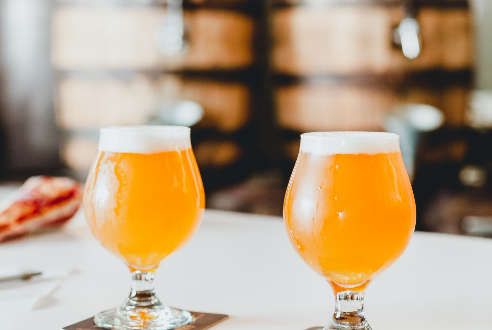


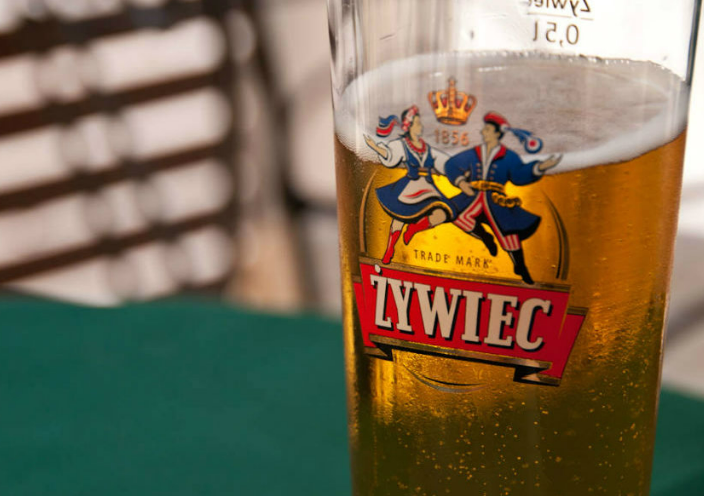
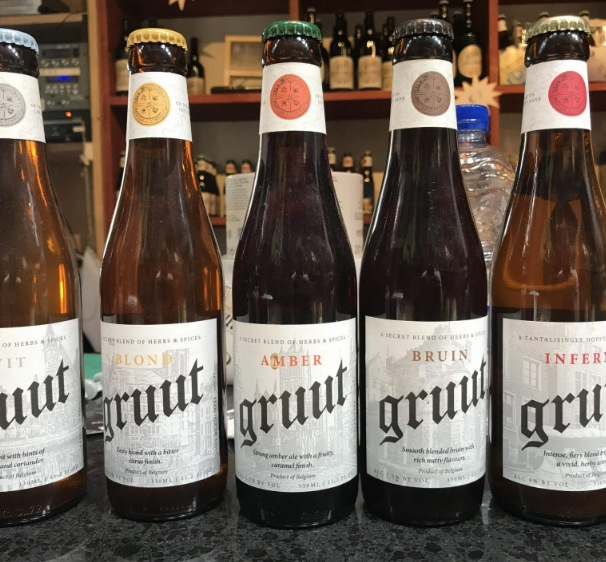
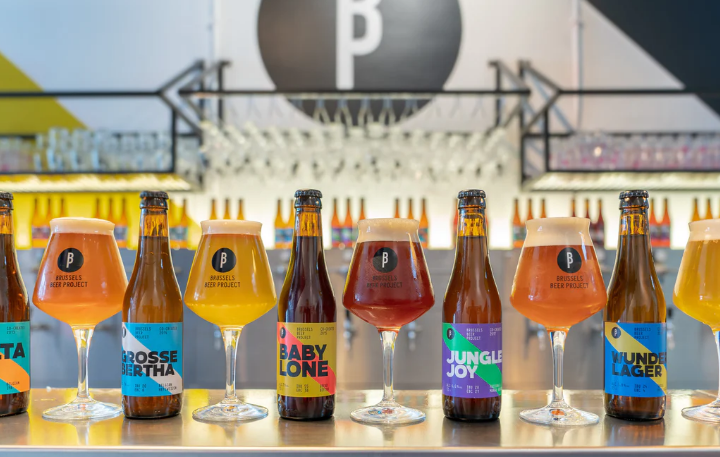

Join the Discussion
Type out your comment here:
You must be logged in to post a comment.